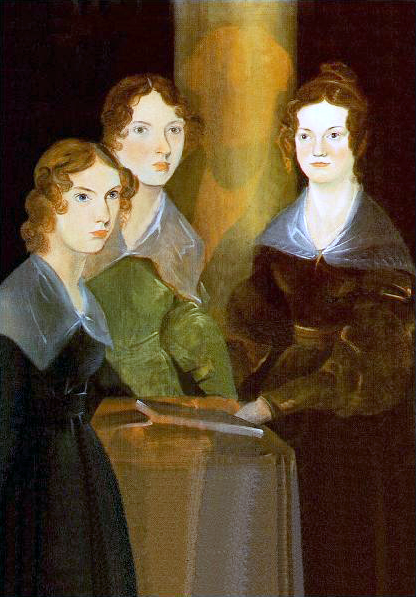
Terry surprised me by taking me out last night to a new (at least new to us) local Italian restaurant. Located in the renovated (again) old bakery at 7th and Cherokee, across for the newly updated Haymarket Square. I remarked to Terry that my mom used to work in the bakery decades ago (not sure if it was the 50s, 60s or 70s … and she didn’t answer her phone when I called her to ask). We found parking within half a block of the restaurant and arrived while it was still light, although overcast, around seven o’clock. We were seated immediately, directly across from the door we just walked through. Remember that point, as it will become more important later in the evening.
Our waitress was young (sixteen), amusing and helpful, but we failed to make note of her name (our fault, we’re usually more astute). I ordered a glass of the house Whit Zin (attributed to the Macaroni Grill, which I thought was odd) with a glass of ice water. Terry ordered sweetened tea and received ice water as well.
For an appetizer, we selected the sliced Italian sausage. We both wanted side salads, but not the normal house tossed salads. Terry and I both prefer Romaine lettuce, so the waitress assured us we could have small Ceasar salads (sans dressing) instead of the tossed side salad. Terry ordered the baked ziti for his entre’ and I ordered spaghetti and meatballs with marinara.
Shortly after our waitress left to deliver our order to the kitchen, a different server brought us some very hot breads or rolls with traditional seasoned oil dipping sauce. Since I had spent the afternoon making Rustic Sourdough bread and Italian Supermarket Bread, I have to admit I prefer my own bread to what was served, ironically in an old bakery.
Before we’d even finished half of one of the rolls, our waitress brought a large circular flattened bowl-like dish with the sliced Italian sausage covered in a tasty sauce. We almost ate all of it, although we left some to take home, mindful that our entres would be large as well and I hoped to try dessert.
Since we were at the front of the restaurant, we could watch the evening darkening outside, and keenly felt the lowering temperatures each time more guests arrived for dinner through the door directly across from our table. The draft, while refreshing on a normally warm spring day, chilled us repeatedly throughout our meal.
Our waitress next brought our entres with apologies for forgetting our salads, which she comped us. She was apparently quite busy or one of only a couple of waitresses working the restaurant last night.

Terry’s baked ziti looked delicious, and he ate most of it, but he spent quite a bit of time looking for the ricotta cheese, one of the ingredients listed in the menu description for the dish. He finally gave up looking for it and asked the waitress about it. She apologized but couldn’t answer the original question. Terry told her she didn’t need to apologize, as it wasn’t her fault. Besides the missing ingredient, the dish was a bit bland for Terry’s taste.
My pasta entre was also bland, but I always douse most pasta dishes with crushed red pepper. I feel justified doing this as the one true Italian I know (a co-worker of many years) does the exact same thing when we’ve shared a lunch as a group at any of the local Italian restaurants within walking distance of our offices at the Plaza Library building. While I liked the flavor of the meatballs, Terry thought them bland. I only ate a few bites, anticipating taking most of my entre home to enjoy with my fresh baked Italian bread on Sunday afternoon. Besides, I wanted to try a dessert.
Our salads finally arrived and I cleared my palette grazing on Romaine lettuce and mediocre croutons. Terry was confused by the style of house Italian dressing, which looking like a vinaigrette-y French variety. The waitress explained it was a tomato based Italian. I smirked at him because I always eat my salads dry, unless it’s my home-made dressing or a raspberry vinaigrette.
As she was bringing our doggy bags and clearing away our dishes, we asked for the dessert menu. She named off a half-dozen varieties of desserts, all of them with cheese of some sort: various varieties of cheese cakes, tiramisu, cannoli and something else I can’t remember that also had cheese, probably marscapone, stuffed into it. I sighed. No dessert for me. Terry ordered the strawberry cheesecake and only took a couple of bites home with him.
We enjoyed our night out, mostly because we didn’t have to drive twenty miles, we didn’t have to fight the crowds at the Legends and we spent some money in our own home town supporting a local business. We will be back to try some other items on their menu, and hope for either milder weather or a spot farther from the front door.














